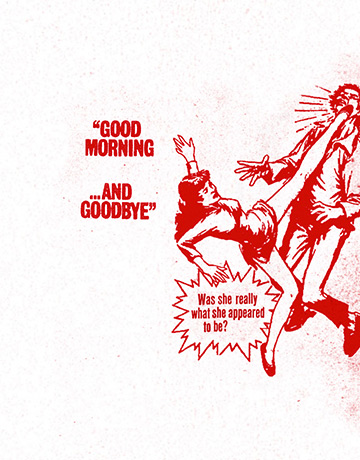The sexual selection concept arises from the observation that many animals had evolved features whose function is not to help individuals survive, but help them to maximize their reproductive success. This can be realized in two different ways:
• by making themselves attractive to the opposite sex (intersexual selection, between the sexes), or
• by intimidating, deterring or defeating same-sex rivals (intrasexual selection, within a given sex).
Thus, sexual selection takes two major forms: intersexual selection (also known as ‘mate choice’ or ‘female choice’) in which males compete with each other to be chosen by females; and intrasexual selection (also known as ‘male–male competition’) in which members of the less limited sex (typically males) compete aggressively among themselves for access to the limiting sex. The limiting sex is the sex which has the higher parental investment, which therefore faces the most pressure to make a good mate decision.
For intersexual selection to work, one sex must evolve a feature alluring to the opposite sex, sometimes resulting in a “fashion fad” of intense selection in an arbitrary direction. Or, in the second case, while natural selection can help animals develop ways of killing or escaping from other species, intrasexual selection drives the selection of attributes that allow alpha males to dominate their own breeding partners and rivals.
{ Wikipedia | Continue reading }
Canine teeth, horns, claws, and the sheer size and strength of certain male animals provide strong examples of physical weapons, and aggression is a behavioral weapon among humans and other animals. A peacock’s tail, which is useless and costly to sustain, is the most famous example of an ornament. Showing off and creativity may be the human equivalents of this ornamentation. Certain polygynous species, such as the elephant seal, become weapon specialists, relying primarily on intrasexual combat to achieve reproductive success. Other species, such as the peacock and numerous birds of paradise, specialize in intersexual selection to produce extravagant male ornaments. Humans are versatile animals who rely on a large brain to facilitate amassing and facultatively employing a large repertoire of survival and reproductive strategies, including weapons and ornaments.
Even though ancestral men may have used intrasexual combat more than intersexual ornaments in acquiring mates and much human female choice may also have derived from male contests, modern men use both intrasexual and intersexual mating strategies as evidenced by much research showing a clear association between mating motivation and various behaviors that constitute weapons and ornaments in men. Specific weapon-like behaviors under mating investigation include physical or direct aggression in response to provocation, social dominance and status, endorsing warring attitudes, and producing a low voice pitch. The studied ornament-like behaviors include conspicuous material consumption, risk taking, humor, being unique and non-conforming, becoming loss averse, making generous financial donations, and exhibiting heroic altruism, all of which are preferred by women.
These studies suggest that, similar to other male animals, men can exhibit weapon-like and ornament-like behaviors, but, unlike many male animals that specialize in either weapons or ornaments nearly to the exclusion of the other, men seem to have developed the versatility to acquire and apply both strategies to facultatively respond to intrasexual and intersexual competition. Men may use weapons and ornaments facultatively as situational responses to intersexual and intrasexual conditions and, over time, may also develop behavioral tendencies in using one strategy more frequently over the other, adding to the vast individual differences along a weapon-ornament dimension.
{ Evolutionary Psychology | PDF }






















